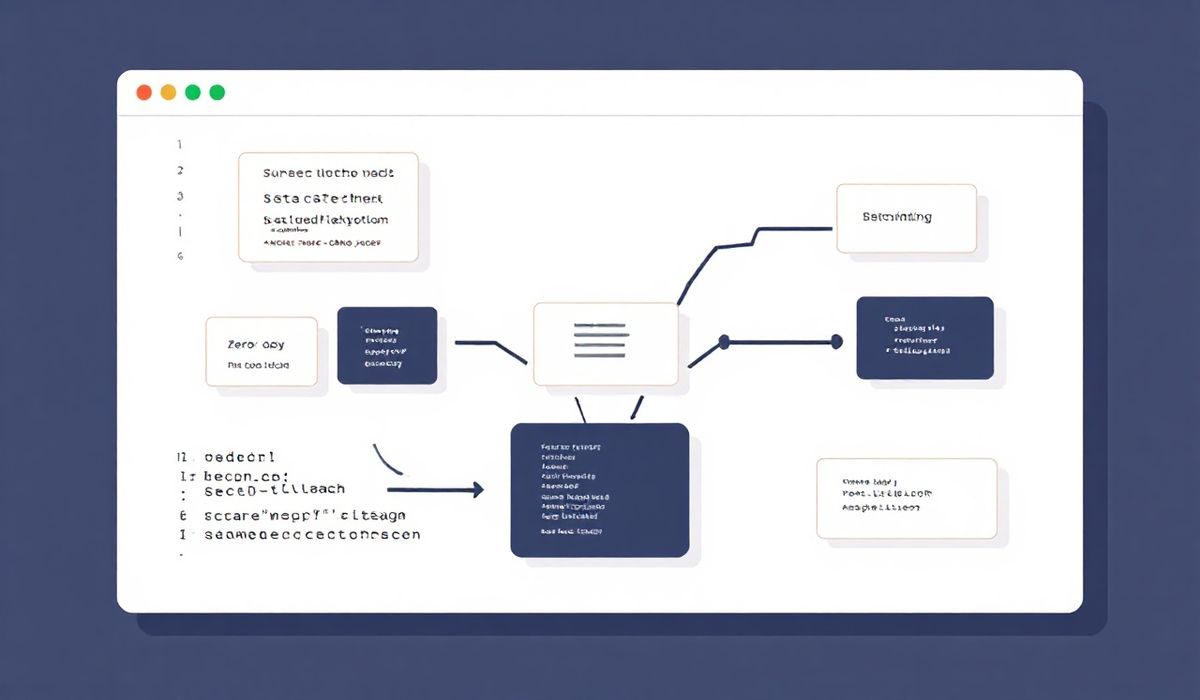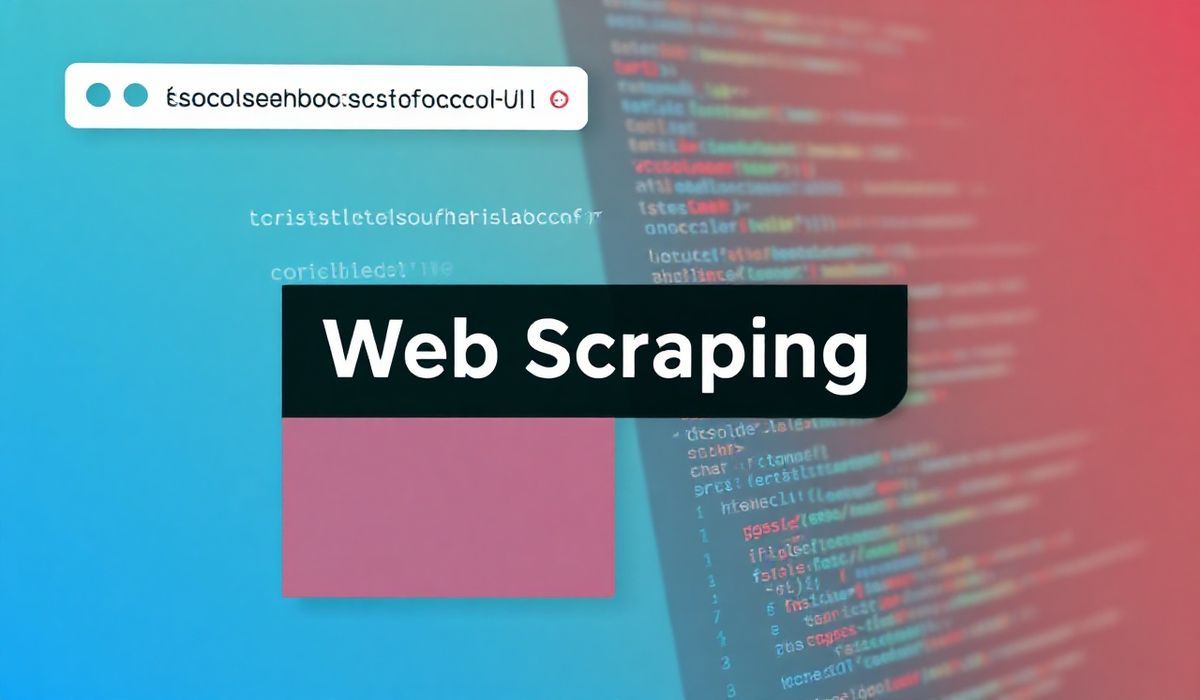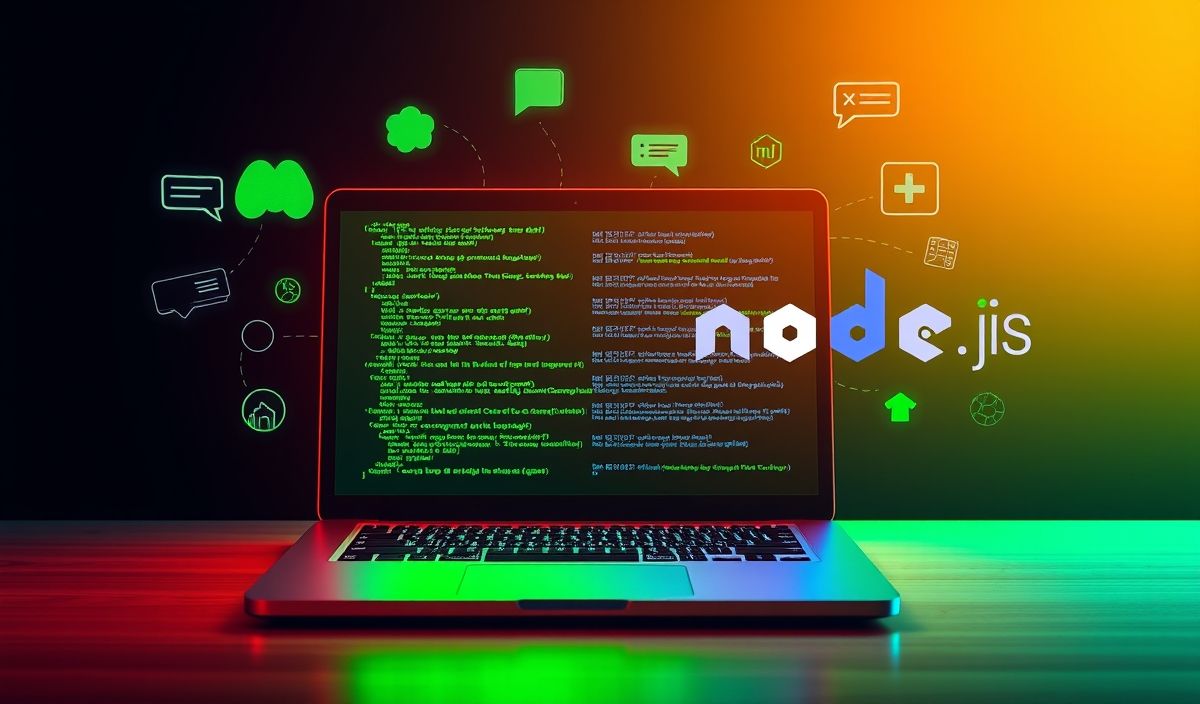Introduction to Flatbuffers
Flatbuffers is an efficient cross-platform serialization library designed to save space and time while transferring data between systems. Developed by Google, Flatbuffers provides a zero-copy mechanism, making it an excellent choice for performance-critical systems and applications like gaming, real-time analytics, IoT, and mobile apps.
Why Choose Flatbuffers?
- Efficient serialization and deserialization.
- Minimal runtime overhead due to zero-copy design.
- Supports multiple programming languages like C++, Java, Python, Go, etc.
- Schema evolution for maintainability and backward compatibility.
Key Features and APIs in Flatbuffers
Flatbuffers offers a robust set of APIs and schema definitions to serialize and deserialize objects, manage schema changes, and efficiently exchange data between systems. Below, we dive into practical Flatbuffers API examples.
1. Creating and Defining Schema
The Flatbuffers schema specifies the structure of data. Use the “.fbs” file to define your schema. Here’s an example:
namespace Tutorial;
table Monster {
id: int;
name: string;
health: int = 100;
mana: int = 100;
}
root_type Monster;
Save the above schema as `monster.fbs` and compile it using the `flatc` compiler:
flatc --cpp --python --java monster.fbs
2. Writing Data with Flatbuffers
Flatbuffers APIs allow you to serialize objects into binary format. Below is an example in Python:
import flatbuffers
from MyGame.Sample import Monster
# Create a builder
builder = flatbuffers.Builder(1024)
# Serialize a name string
name = builder.CreateString("Orc")
# Create the Monster object
Monster.MonsterStart(builder)
Monster.MonsterAddId(builder, 1)
Monster.MonsterAddName(builder, name)
Monster.MonsterAddHealth(builder, 300)
orc = Monster.MonsterEnd(builder)
# Finalize the buffer
builder.Finish(orc)
# Get the serialized binary data
data = builder.Output()
3. Reading Data with Flatbuffers
Deserializing data is straightforward with Flatbuffers APIs. Here’s an example in Python:
from MyGame.Sample import Monster
import flatbuffers
# Load the serialized data
data = ... # Binary data from a file, network, etc.
# Deserialize
monster = Monster.Monster.GetRootAsMonster(data, 0)
print("ID:", monster.Id())
print("Name:", monster.Name())
print("Health:", monster.Health())
4. Using Schema Evolution
Flatbuffers allows backward-compatible schema changes. For instance, adding a new field with default values:
table Monster {
id: int;
name: string;
health: int = 100;
mana: int = 100; # New field
stamina: int = 50; # Another new field
}
Older binaries will ignore the new fields, while newer applications can use them seamlessly.
5. Language Interoperability
Flatbuffers supports multiple programming languages. For example, you could serialize data in Python and deserialize it in C++.
Application Example: Building a Real-Time Multiplayer Game
Let’s implement an example where a real-time multiplayer game’s client and server communicate using Flatbuffers.
Schema Definition
namespace Game;
table Player {
id: int;
name: string;
x: float;
y: float;
}
table GameState {
players: [Player];
timestamp: long;
}
root_type GameState;
Client Side (Python)
import flatbuffers
from Game import GameState, Player
builder = flatbuffers.Builder(1024)
# Serialize players
name1 = builder.CreateString("Player1")
Player.PlayerStart(builder)
Player.PlayerAddId(builder, 1)
Player.PlayerAddName(builder, name1)
Player.PlayerAddX(builder, 10.0)
Player.PlayerAddY(builder, 20.0)
player1 = Player.PlayerEnd(builder)
name2 = builder.CreateString("Player2")
Player.PlayerStart(builder)
Player.PlayerAddId(builder, 2)
Player.PlayerAddName(builder, name2)
Player.PlayerAddX(builder, 30.0)
Player.PlayerAddY(builder, 40.0)
player2 = Player.PlayerEnd(builder)
# Serialize game state
GameState.GameStateStartPlayersVector(builder, 2)
builder.PrependUOffsetTRelative(player2)
builder.PrependUOffsetTRelative(player1)
players = builder.EndVector(2)
GameState.GameStateStart(builder)
GameState.GameStateAddPlayers(builder, players)
GameState.GameStateAddTimestamp(builder, 1672531200) # Example timestamp
game_state = GameState.GameStateEnd(builder)
builder.Finish(game_state)
data = builder.Output()
Server Side (C++)
#include "Game/GameState_generated.h" #includeint main() { // Load the data const uint8_t* data = ...; // Serialized data from the client // Parse GameState auto gameState = Game::GetGameState(data); std::cout << "Timestamp: " << gameState->timestamp() << "\n"; auto players = gameState->players(); for (auto player : *players) { std::cout << "Player ID: " << player->id() << ", Name: " << player->name(); std::cout << ", Coordinates: (" << player->x() << ", " << player->y() << ")\n"; } return 0; }
Conclusion
Flatbuffers offers efficient and versatile tools for serialization in high-performance environments. Its zero-copy design ensures faster and smaller data payloads, making it perfect for real-time applications. By integrating Flatbuffers into your systems, you can achieve unparalleled performance with ease.




